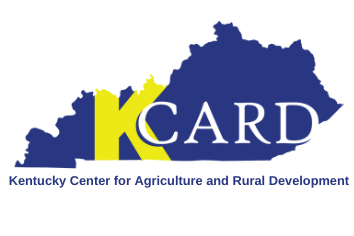In October and November, KCARD hosted a 6-week webinar series to help people work on their business and figure out what funding resources are out there that are good fits. Below are our top 5 takeaways from the series:
1) Understand the fundamentals of your business (How it runs)
Know your business: the good, the bad, and the ugly. If you are like most business owners, you spend so much time working IN your business that you rarely have time to work ON your business. Make time to think about your business. Think about what you want your business to look like in 1 year, 3 years, and 5 years. Knowing this, you can envision a path forward and we may be able to help in finding loans or grants to help you get there.
2) Understand how money moves through your business (Revenues, expenses, and profits)
Understanding the flow of money through your business can help you spot opportunities for growing revenues and cutting costs. Also, in many cases when applying for grant funding or loans, you will be asked to create financial projections. If you already keep good financial records, which are essential for understanding how money moves through your business, then this is much easier.
3) Funding is out there (sometimes)
There are not grant funds out there for everything, all the time. While I never say “never” to a funding inquiry, several of you have heard or will hear “no” from me many times. Others have heard me say “Well, not now, but in a few months”. This is because many grants have cycles; the application period opens, then closes, then awards are announced, then the application period opens again (after some time has passed). It can be the case that the perfect grant for you is a year away from being available, but that just means you have more time to prepare – never a bad thing. Also, if no grant is available for one of your needs, perhaps there is a grant available for another need or a loan can fit the bill.
4) Fit grant projects to your business, not vice-versa
When pursuing grant funding, it is easy to bend or mold your business to fit a grant. Don’t. We know that no one grant will cover all our needs. But here is what we can do: find grant money to help cover the cost of one need and then you can use the money you were going to spend on that on another need. You really need new tires on your tractor? I have not seen a grant that will cover that. But maybe you need new fencing, too. If we can save you money when it comes to fencing, that’s money towards new tires. In this way, grant funds displace and make available other funding that we now do not have to spend elsewhere.
5) Define your project(s), create a budget, substantiate the need, double-check everything (or ask us to)
When writing a grant, be sure to clearly define your project. This could be as simple as one sentence (think “Process berries into jam”) or complex enough to merit several pages of explanation. Once you have got a project sufficiently defined, create a budget that explains the costs associated with the project. Next, you need to sell your project; tell the grantor what outcomes you expect from this project that make it worth their investment (and yours). Finally, double-check everything about your application; spelling, grammar, calculations - everything.
Find recordings of the Growing Your Farm and Food Business Webinar Series here. If have any questions or need help figuring out what grants are right for you contact KCARD at kcard@kcard.info or at 859-550-3972.

